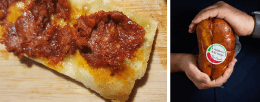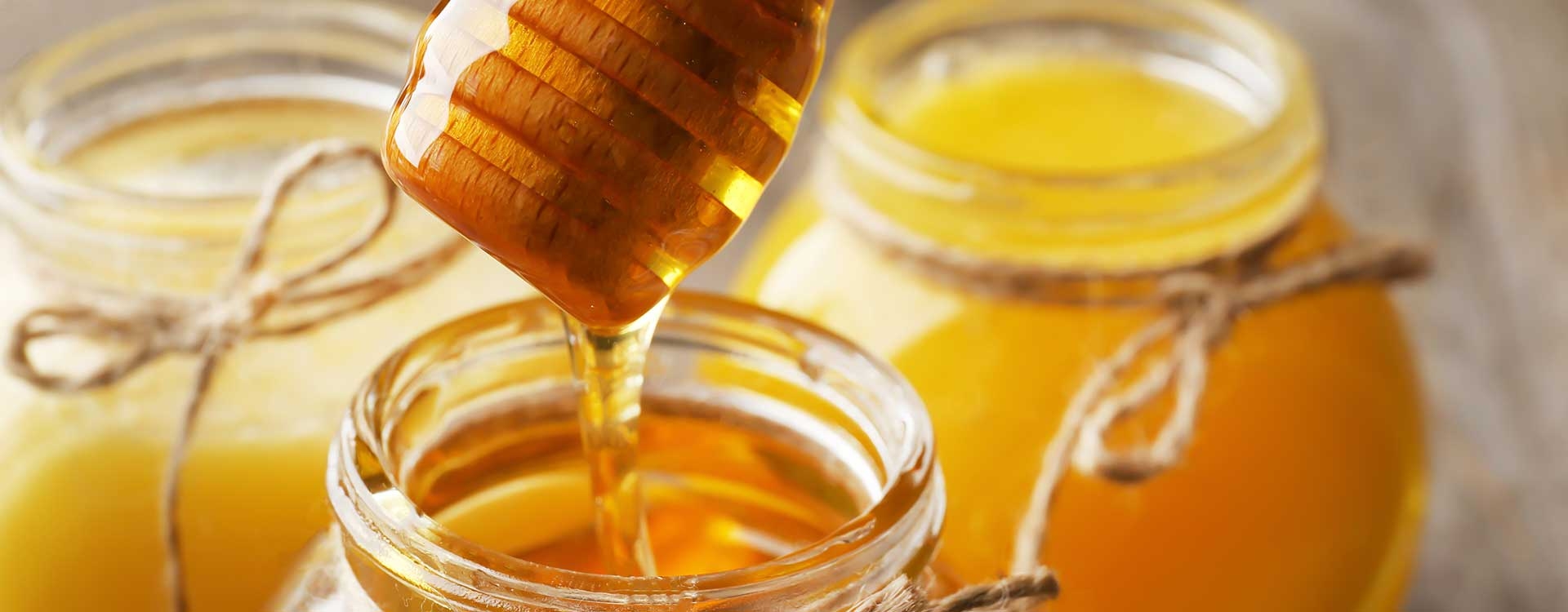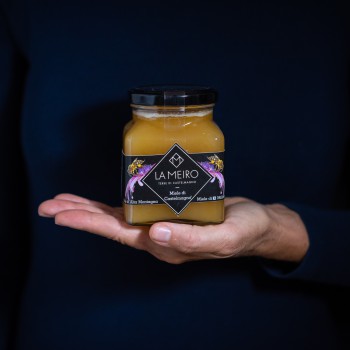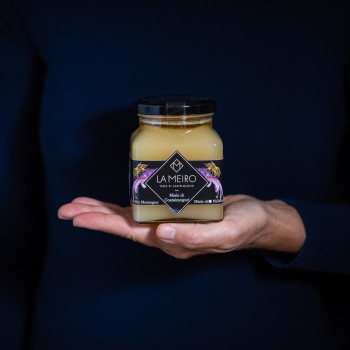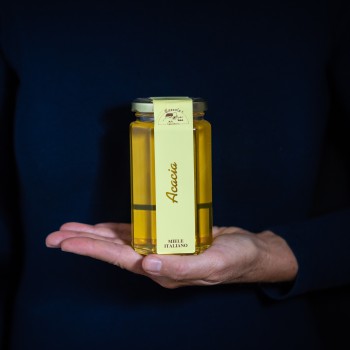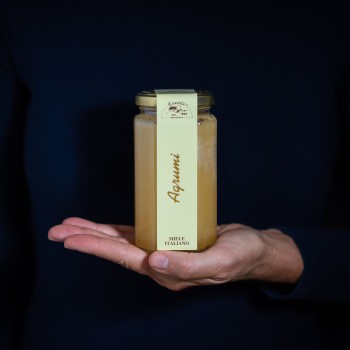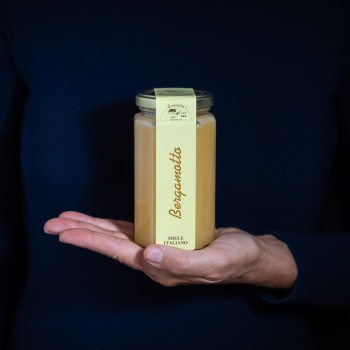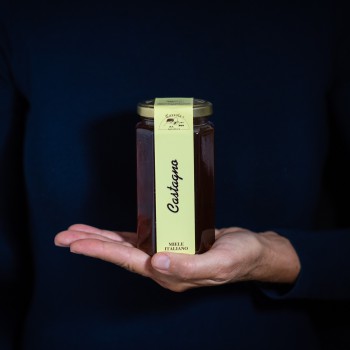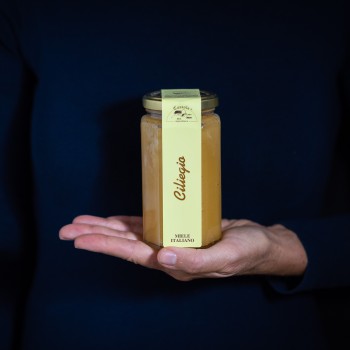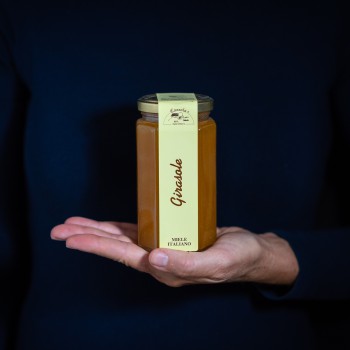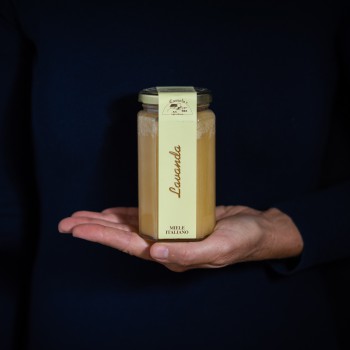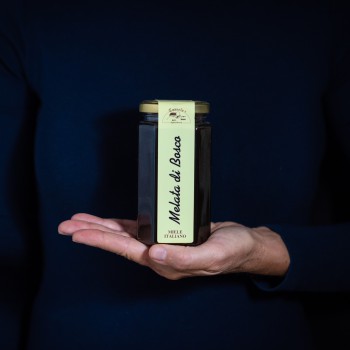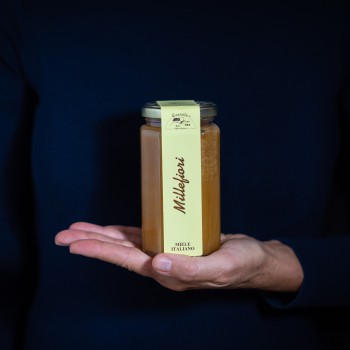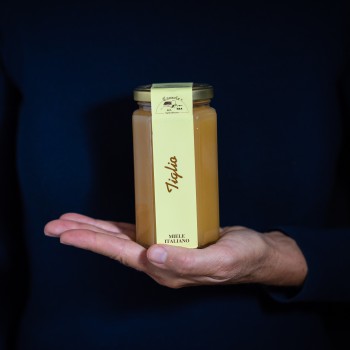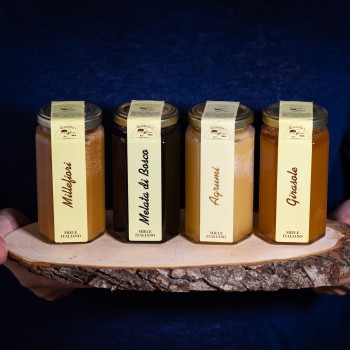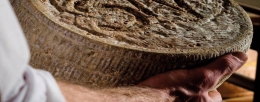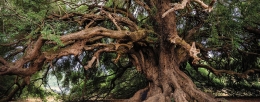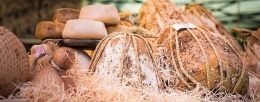Ferragosto is approaching, whip out the picnic baskets! What are we taking? All quick preparations to make and practical to carry and eat - dishes and cutlery are hardly needed! The secret? The best Italian cured meats.
Mountain honey, a treasure to protect
There’s so many things we could say about rhododendron honey! We know it’s good, pure, natural and genuine as well. However, do we really know how this product is made? We’ll tell you all about it.
Let’s start with the bad news. The bees are disappearing. Between climate change, pesticides and the reduction of grazing intensity (yes, that’s what it’s called) available for bees, 2021 ended as the year of great mortality.
To protect the bees is no easy task and it requires national legislative action, such as the one proposed last year by Mipaaf at the Beekeeping/Agriculture Agreementfor the protection of pollinators and biodiversity’s technical panel.
Beekeepers, of course, are at the forefront defending their bees. Do not believe those who tell you that honey production is harmful to bees, because it’s the exact opposite.
From the flower to the jar
Before going any further, let’s make a brief summary about honey in general.
Honeys, not honey
As we’ve also seen when talking about honey and cheeses pairings (read it before your next platter), Italy has at least 50 different types of honeys and we hold the world record for the largest variety of monofloral honeys.
Just a quick refresher: monofloral means it comes from a single botanical species, millefiori, means, you guessed it, it comes from many different flowers. No one is better than the other, it all depends on your preferences. And on the pairing, I would add.
Honey is collected in lowland, hill or mountain, and today we’re headed among the peaks of Castelmagno. A gem among all, rhododendron honey.
Organic honey, the purest goodness
Our rhododendron honey is organic and unpasteurized, which means it has not undergone heat treatments that prevent its crystallization.
Let’s face it once and for all, honey crystallizes, we have to stop thinking that a liquid honey is better than a more "compact" one.
It may come inhandy at pastry shops, but there’s really no reason to prefer a processed honey to a 100% natural one in all other respects.
But why is rhododendron honey so special? Why should it be deserving of his own chapter in the honey encyclopedia? You’ve obviously never tasted it.
Rhododendron, the mountain rose
Rhododendron honey is extremely rare and prestigious. In order to be produced, beekeepers must bring their hives at high altitude from late spring to summer, which is the blooming season.
Rhododendron, from Ancient Greek rodon “rose” and dendron “tree”, is a plant that grows wild throughout the Alps, generally between 900 and 1500 meters, although it is not rare to find it at even higher altitudes, up to almost 2000 meters. The territory is pristine, the air is pure, the flowers are abundant in pollen.

However, climatic conditions at high altitude can change at any moment and permanently affect the flowers. There are season when rhododendron honey isn’t produced at all, because the bees cannot collect enough pollen to turn into honey and lay in the cells of the hive.
When honey can be produced though, it is a real delight for the palate. Rhododendron honey has a very delicate, sweet and floral taste, rich in all the scents of the mountain in its moment of greatest splendor. It is a solid honey, clear and super aromatic, with an absolutely unique taste.
It is ideal with cheese pairings, in particular with Parmigiano Reggiano, but there are also many other ways to appreciate it.
Sweet ideas
We already provided you with cakes and biscuits with honey recipes, but consider that you can use this precious nectar to cook any kind of dessert.
Usually pastry books say you can replace sugar with honey by reducing the amount by 20%, so you could use 80 grams of honey instead of 100 grams of sugar.
There’s no doubt that honey is better and healthier than extra refined sugar, but are we really sure we want to use our precious rhododendron honey to prepare cakes, tarts and sponge cakes?
Wouldn’t it be best to think of delle specially-made recipes that can really enhance this delicate taste instead? Here’s some ideas.
With alpine yogurt
Let’s stay at high altitude for another delight from our peaks, the alpine yogurt, made exclusively with alpine milk. In summer, the alpine pastures rich in flowers give milk, and therefore yogurt, an intense taste and unique scent.
For a perfect snack, a hearty breakfast or a Sunday brunch, just serve the yogurt with a large spoonful of rhododendron honey on top.
If you want you can add walnuts, almonds, hazelnuts, raisins, fresh blueberries or oatmeal. You can also fill a small glass with layers of different colours for a fresh and delicious dessert!
With infusions, teas and herbal teas
Rhododendron honey is a mix of summer aromas and flavours at high altitude. What better combination than a great scented infusion?
Try it with a lavender infusion and a mauve herbal tea for a full immersion in the mountain meadows or, for a more sophisticated version, with white tea.
Before going to bed, why not treat yourself to a nice cup of warm milk and rhododendron honey? Sweet dreams, for both children and adults.
Bavarian honey
A dessert that doesn’t simply use honey as a sweetener, but enhances it in all its richness and depth.
If you choose premium milk and fresh eggs from organic farming, it will have a whole different flavour. And remember to replace the isinglass with a plant-derived jelly for your vegetarian guests.
Rhododendron honey is more than a traditional honey and much more than just a sweetener. Its taste and scent are unique and unmistakable and, right from the first taste, it will win you over with its sweet delicacy.
If you’re looking for a teaspoon of sunny mountain valleys, fresh and pristine air, this honey is the one for you.























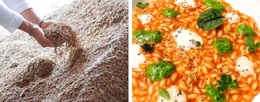
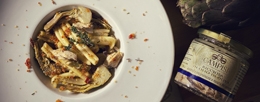

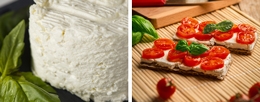
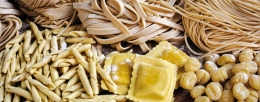
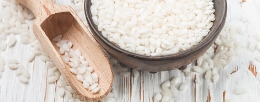
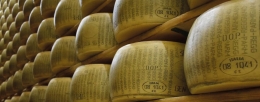
.jpg)
